Home>Home Appliances>Kitchen Appliances>Who Invented The Espresso Machine
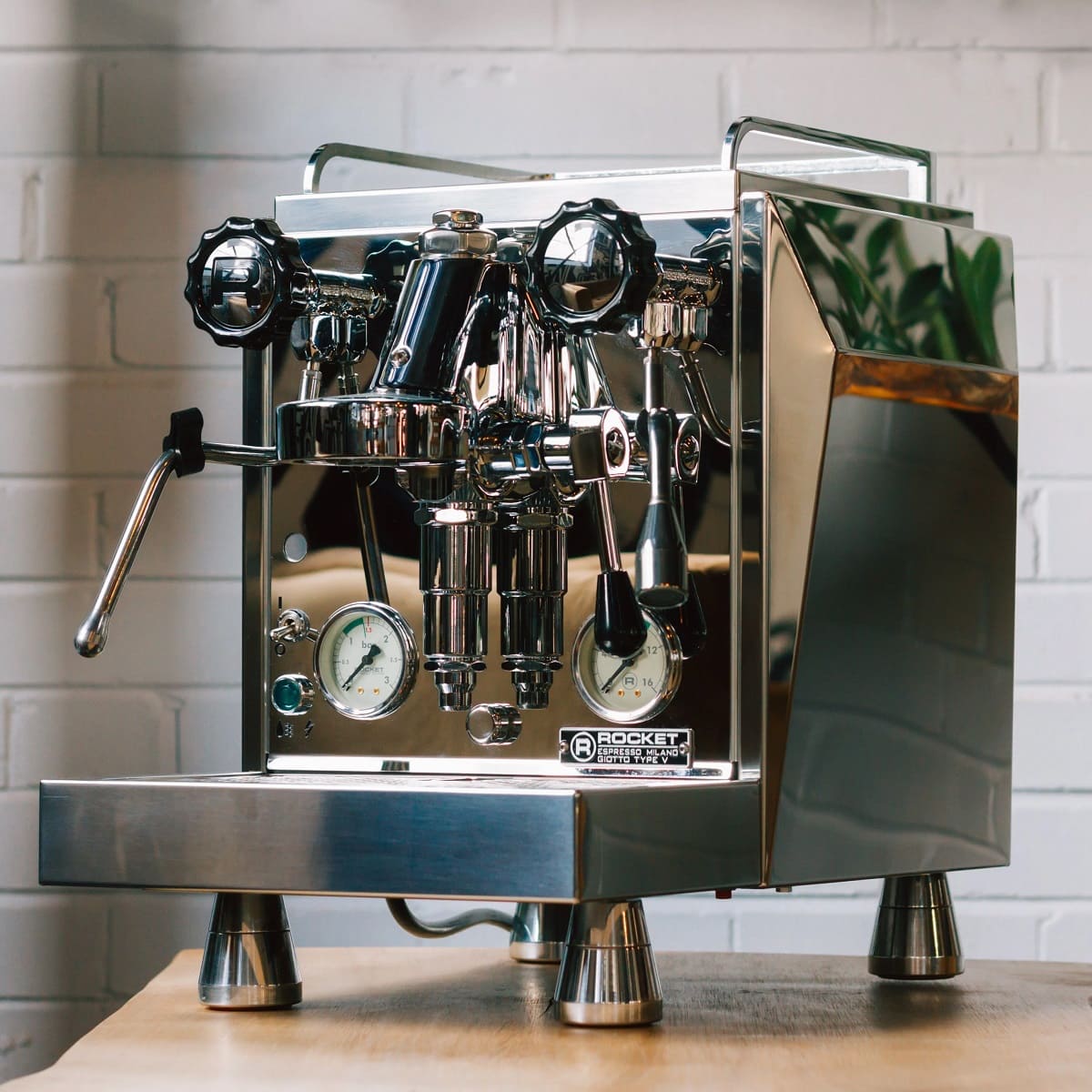

Kitchen Appliances
Who Invented The Espresso Machine
Modified: August 16, 2024
Learn about the history of the espresso machine and its inventor. Discover the evolution of kitchen appliances and their impact on modern coffee culture.
(Many of the links in this article redirect to a specific reviewed product. Your purchase of these products through affiliate links helps to generate commission for Storables.com, at no extra cost. Learn more)
Introduction
Coffee has become an integral part of daily life for millions of people around the world. The rich aroma, bold flavor, and energizing effect of a well-brewed cup of coffee make it a beloved beverage across diverse cultures and generations. However, behind every satisfying sip of espresso lies a fascinating history that traces back to ancient times.
The journey of coffee began in the highlands of Ethiopia, where, according to legend, a goat herder named Kaldi discovered the energizing effects of coffee beans after noticing the increased vitality of his goats upon consuming them. This serendipitous encounter with the coffee plant set in motion a chain of events that would eventually lead to the global phenomenon of coffee consumption.
As the popularity of coffee spread through the Arabian Peninsula and into Europe, it underwent various transformations in preparation and presentation. The quest for a more concentrated and intense coffee experience ultimately gave rise to the creation of espresso, a strong and flavorful form of coffee that has since become a cornerstone of modern coffee culture.
In this article, we will delve into the intriguing history of coffee, explore the birth of espresso, and uncover the remarkable journey that culminated in the invention of the espresso machine. Additionally, we will trace the evolution of espresso machines, from their humble beginnings to the innovative marvels that grace today's kitchens and coffee shops. Join us on a captivating journey through time and innovation as we unravel the story of the espresso machine and its profound impact on the world of coffee.
Key Takeaways:
- The espresso machine was invented in Italy in the 19th century to make strong and flavorful coffee quickly, revolutionizing the way people enjoy their daily caffeine fix.
- The evolution of espresso machines has been marked by innovation, precision, and a deep reverence for the craft of coffee preparation, promising a future where the art of coffee craftsmanship continues to flourish and inspire generations to come.
Read more: Who Invented Coffee Machine
The Early History of Coffee
The origins of coffee can be traced back to the ancient coffee forests of Ethiopia, where the coffee plant, known as Coffea arabica, thrived in the region’s fertile soils. According to popular legend, the stimulating properties of coffee were discovered by an Ethiopian goat herder named Kaldi, who observed his goats becoming unusually energetic after consuming the red cherries from a certain plant. Intrigued by this phenomenon, Kaldi sampled the cherries himself and experienced a newfound vigor.
From its humble beginnings in Ethiopia, coffee cultivation and consumption spread across the Arabian Peninsula, where it became an integral part of social and religious customs. By the 15th century, coffee had made its way to the bustling city of Constantinople (modern-day Istanbul), where the world’s first coffeehouses, known as “qahveh khaneh,” began to emerge. These establishments quickly became hubs of intellectual exchange and lively discussions, paving the way for the coffeehouse culture that would later sweep across Europe.
As coffee’s popularity continued to soar, it captured the attention of European travelers and traders who encountered the beverage during their journeys to the Middle East. The allure of this exotic and invigorating drink led to the establishment of the first coffeehouse in Venice in 1645, marking the introduction of coffee to the European continent. From there, coffeehouses proliferated across Europe, becoming vibrant centers of social interaction, artistic expression, and political discourse.
The widespread appeal of coffee spurred the development of various brewing methods, each aimed at extracting the rich flavors and aromatic essences locked within the coffee beans. From the traditional Turkish coffee preparation to the refinement of the drip brewing technique, the evolution of coffee brewing techniques laid the groundwork for the emergence of espresso, a concentrated form of coffee that would revolutionize the way people enjoyed their daily cup of joe.
As coffee continued to captivate the world with its enchanting aroma and invigorating properties, the stage was set for the next pivotal chapter in its history: the birth of espresso.
The Birth of Espresso
The birth of espresso marked a transformative moment in the world of coffee, introducing a brewing method that would redefine the way people experienced and savored their daily dose of caffeine. The term “espresso” itself is derived from the Italian word for “express” or “quick,” reflecting the rapid and efficient nature of the brewing process.
While the exact origins of espresso remain shrouded in historical ambiguity, it is widely believed that the development of this concentrated coffee beverage can be attributed to 19th-century Italy. In the bustling cafes of Milan, Turin, and other Italian cities, a demand emerged for a faster and more intense coffee preparation method that could cater to the bustling pace of urban life.
Espresso was born out of the quest for a brewing technique that could deliver a potent and flavorful cup of coffee in a fraction of the time required by traditional methods. Unlike drip brewing, which involves the slow percolation of water through a bed of coffee grounds, espresso is prepared by forcing hot water through finely ground coffee at high pressure, resulting in a concentrated and velvety brew with a layer of rich crema on top.
One of the defining characteristics of espresso is its intense flavor profile, which encapsulates the full spectrum of coffee’s nuanced notes in a potent and concentrated form. The harmonious balance of sweetness, acidity, and bitterness in a well-crafted shot of espresso is a testament to the meticulous artistry and precision involved in its preparation.
As espresso gained popularity, it became synonymous with the vibrant cafe culture that thrived in Italy and soon spread across the globe. The allure of espresso transcended geographical boundaries, captivating the palates of coffee enthusiasts and connoisseurs worldwide.
With the emergence of espresso came a new appreciation for the craftsmanship and skill required to achieve the perfect extraction. Baristas honed their techniques, mastering the art of tamping, timing, and temperature control to unlock the full potential of the coffee beans and deliver an unparalleled sensory experience with each shot of espresso.
The advent of espresso set the stage for a monumental innovation that would revolutionize the world of coffee: the invention of the espresso machine.
The espresso machine was invented by Angelo Moriondo in 1884. He patented the first machine in Turin, Italy, and it was designed to quickly and efficiently brew coffee using steam pressure.
The Invention of the Espresso Machine
The invention of the espresso machine stands as a pivotal milestone in the evolution of coffee culture, representing a groundbreaking achievement that forever altered the landscape of coffee preparation and consumption. The quest to mechanize the process of brewing espresso was driven by the desire to streamline and standardize the creation of this beloved beverage, while also preserving its exceptional quality and character.
The first patented espresso machine is credited to Angelo Moriondo, an Italian inventor from Turin, who, in 1884, designed a steam-powered device aimed at producing a concentrated coffee brew with remarkable efficiency. Moriondo’s pioneering machine utilized steam pressure to force hot water through coffee grounds, yielding a potent and flavorsome cup of espresso in a fraction of the time previously required.
Building upon Moriondo’s innovative groundwork, the quest for espresso perfection continued, leading to further advancements in espresso machine technology. In 1901, Luigi Bezzera, another Italian inventor, filed a patent for a machine that introduced the concept of multiple brewheads, allowing for the simultaneous production of multiple shots of espresso. This innovation not only expedited the brewing process but also elevated the capacity and versatility of espresso machines, catering to the growing demand in bustling cafes and restaurants.
The true turning point in the evolution of espresso machines came with the landmark invention by Achille Gaggia in 1947. Gaggia’s revolutionary machine introduced a lever mechanism that generated high pressure to extract coffee, resulting in the creation of crema, the prized golden foam that crowns a well-crafted shot of espresso. This pivotal development transformed the texture and sensory experience of espresso, elevating it to a new echelon of indulgence and delight.
Subsequent decades witnessed the refinement and diversification of espresso machine designs, with the introduction of pump-driven machines, automatic dosing systems, and temperature-stable boilers, all aimed at enhancing precision, consistency, and control in espresso preparation.
Today, espresso machines encompass a diverse array of styles and functionalities, catering to the preferences and requirements of home baristas, professional cafes, and specialty coffee enthusiasts. From traditional lever machines that evoke a sense of artisanal craftsmanship to state-of-the-art automatic espresso makers equipped with cutting-edge technology, the espresso machine has evolved into a symbol of ingenuity, elegance, and sensory pleasure.
The invention and evolution of the espresso machine have not only democratized the enjoyment of espresso but have also elevated the art of coffee craftsmanship, inspiring a global community of aficionados dedicated to the pursuit of espresso excellence.
The Evolution of Espresso Machines
The evolution of espresso machines is a testament to the relentless pursuit of innovation, precision, and artistry in the realm of coffee preparation. From the early steam-powered contraptions to the sophisticated marvels of modern engineering, the trajectory of espresso machine development has been marked by ingenuity, refinement, and a deep reverence for the craft of espresso extraction.
Following the pioneering inventions of Moriondo, Bezzera, and Gaggia, the espresso machine underwent a series of transformative advancements that propelled it into the vanguard of coffee technology. The introduction of pump-driven machines in the mid-20th century represented a quantum leap in espresso extraction, as it replaced the reliance on steam pressure with a more controlled and consistent hydraulic system. This innovation empowered baristas to achieve precise and reproducible extractions, unlocking the full potential of coffee beans with unparalleled accuracy.
The latter half of the 20th century witnessed a wave of technological breakthroughs that further elevated the capabilities of espresso machines. The integration of automatic dosing systems, temperature stability mechanisms, and programmable controls endowed baristas with unprecedented command over the brewing process, allowing for meticulous customization and refinement of each espresso shot.
As the demand for specialty coffee surged, espresso machine manufacturers responded with a diverse array of designs tailored to accommodate the evolving preferences of coffee enthusiasts. Lever machines, revered for their manual operation and hands-on approach to espresso extraction, experienced a renaissance, appealing to aficionados seeking a tactile and immersive coffee-making experience reminiscent of traditional craftsmanship.
Simultaneously, the advent of super-automatic espresso machines ushered in a new era of convenience and efficiency, integrating advanced features such as built-in grinders, milk frothing systems, and programmable drink settings to streamline the preparation of espresso-based beverages with unparalleled ease.
In recent years, the convergence of cutting-edge technology and artisanal sensibility has given rise to a new breed of espresso machines that seamlessly blend tradition with innovation. From precision temperature profiling and pressure profiling capabilities to intuitive touchscreen interfaces and connectivity features, these modern marvels embody the fusion of art and science, catering to the discerning palates and creative aspirations of coffee enthusiasts.
Furthermore, the emphasis on sustainability and eco-conscious design has spurred the development of espresso machines that prioritize energy efficiency, recyclability, and ethical sourcing, aligning with the values of a conscientious and environmentally aware coffee community.
As we stand on the cusp of a new era in coffee culture, the evolution of espresso machines continues to unfold, driven by a relentless commitment to quality, sustainability, and the enduring pursuit of the perfect espresso experience.
Read more: Who Makes The Best Espresso Machine
Conclusion
The captivating journey through the history and evolution of espresso machines unveils a narrative that intertwines innovation, craftsmanship, and the enduring allure of coffee culture. From the ancient coffee forests of Ethiopia to the bustling coffeehouses of Europe, the story of coffee has been a testament to the profound impact of a humble bean on the fabric of human society.
The birth of espresso marked a transformative moment in the annals of coffee history, introducing a concentrated and intense form of coffee that would captivate the senses and inspire a global community of aficionados. The invention of the espresso machine, from its humble steam-powered origins to the sophisticated marvels of contemporary engineering, stands as a testament to human ingenuity and the relentless pursuit of perfection in the art of coffee preparation.
The evolution of espresso machines, characterized by a symphony of technological advancements and artisanal sensibilities, reflects a deep-seated reverence for the craft of espresso extraction and an unwavering commitment to delivering unparalleled sensory experiences to coffee enthusiasts worldwide.
As we gaze toward the horizon of coffee innovation, the legacy of the espresso machine endures as a symbol of creativity, precision, and the unyielding pursuit of excellence. The fusion of tradition and modernity, coupled with a steadfast dedication to sustainability and ethical practices, heralds a new chapter in the evolution of espresso machines, promising a future where the art of coffee craftsmanship continues to flourish and inspire generations to come.
Let us raise our cups to the remarkable journey that has brought us to this moment, celebrating the enduring legacy of the espresso machine and the boundless possibilities that await in the ever-evolving world of coffee.
Frequently Asked Questions about Who Invented The Espresso Machine
Was this page helpful?
At Storables.com, we guarantee accurate and reliable information. Our content, validated by Expert Board Contributors, is crafted following stringent Editorial Policies. We're committed to providing you with well-researched, expert-backed insights for all your informational needs.
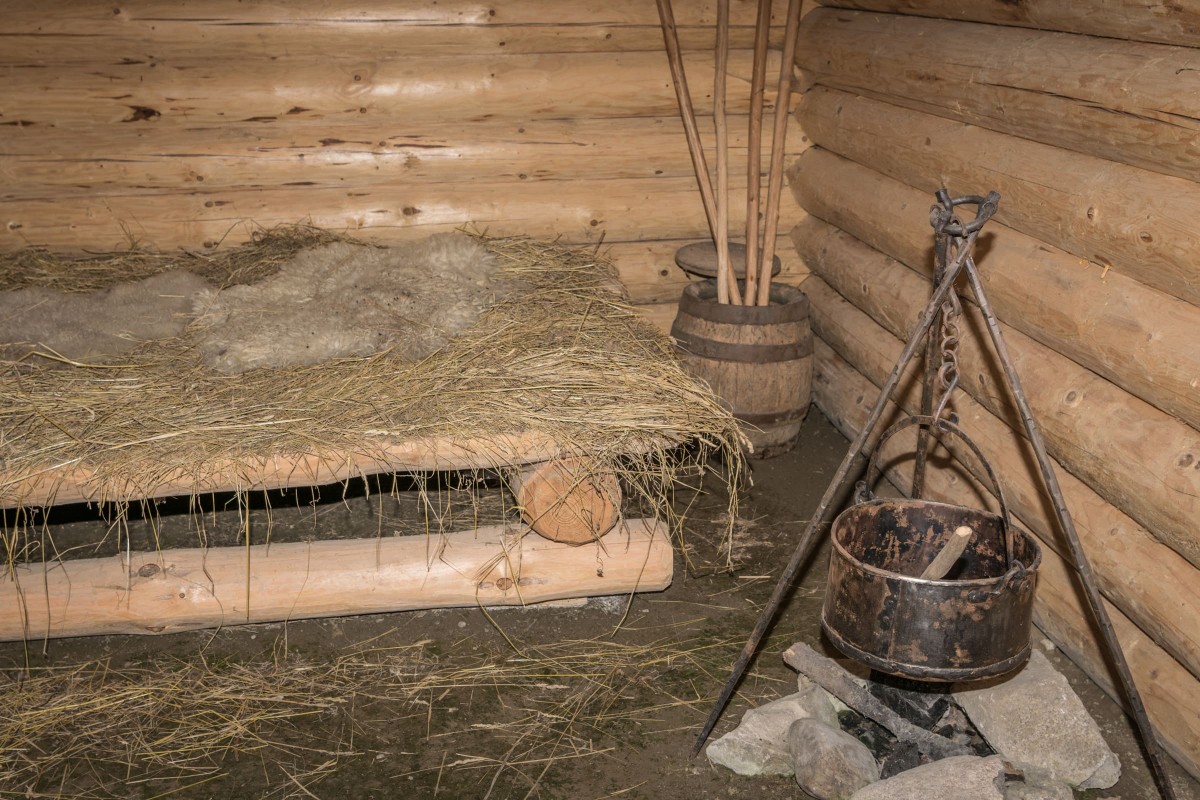
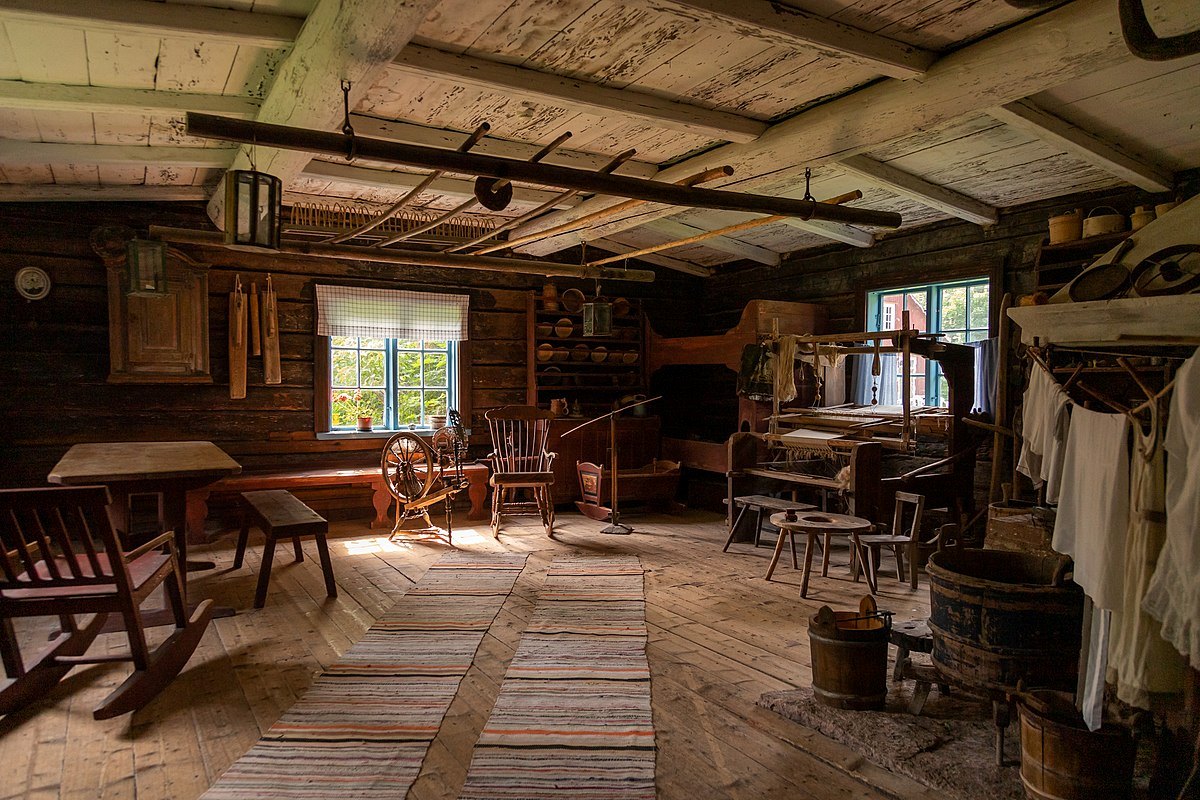

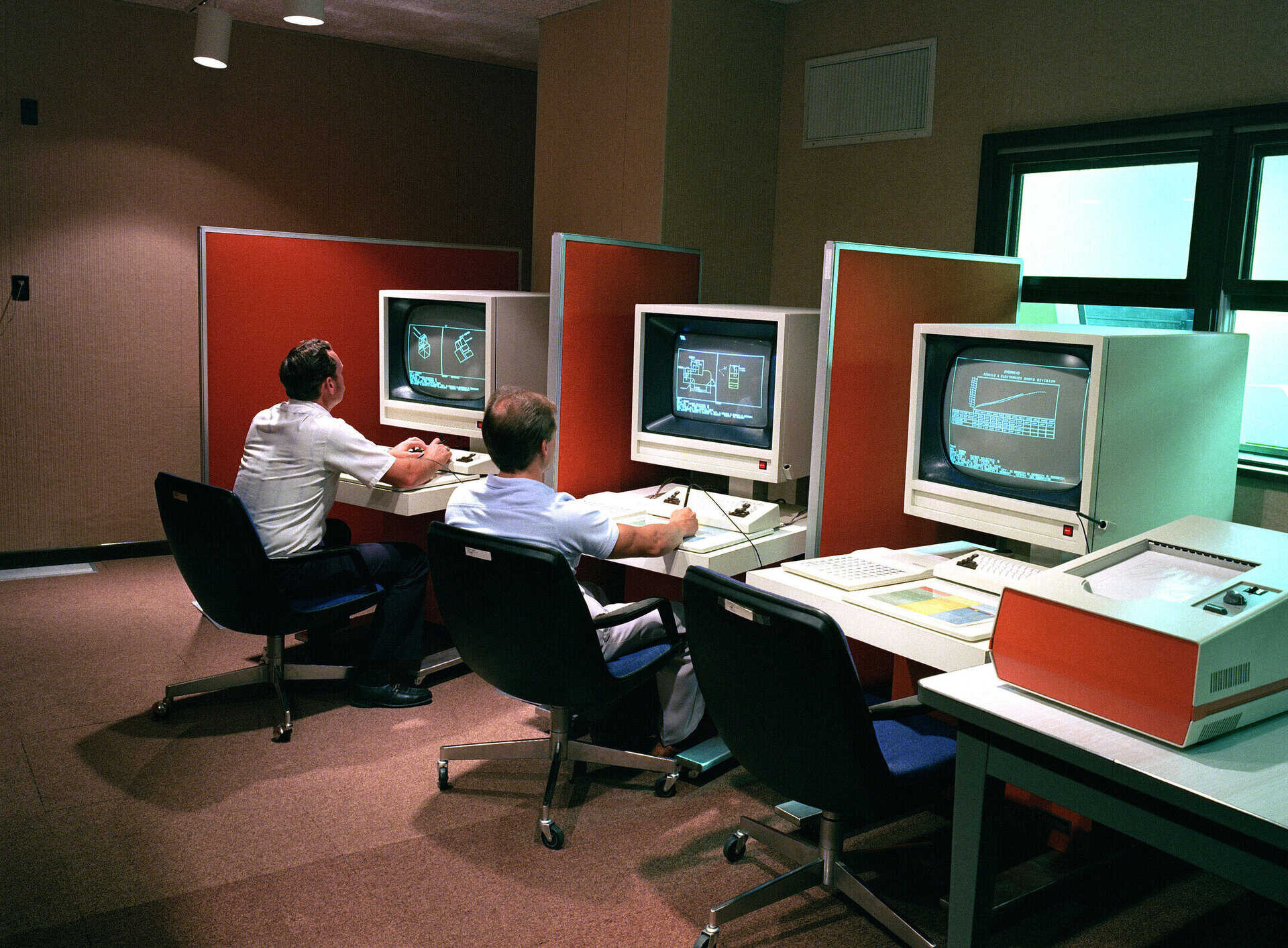

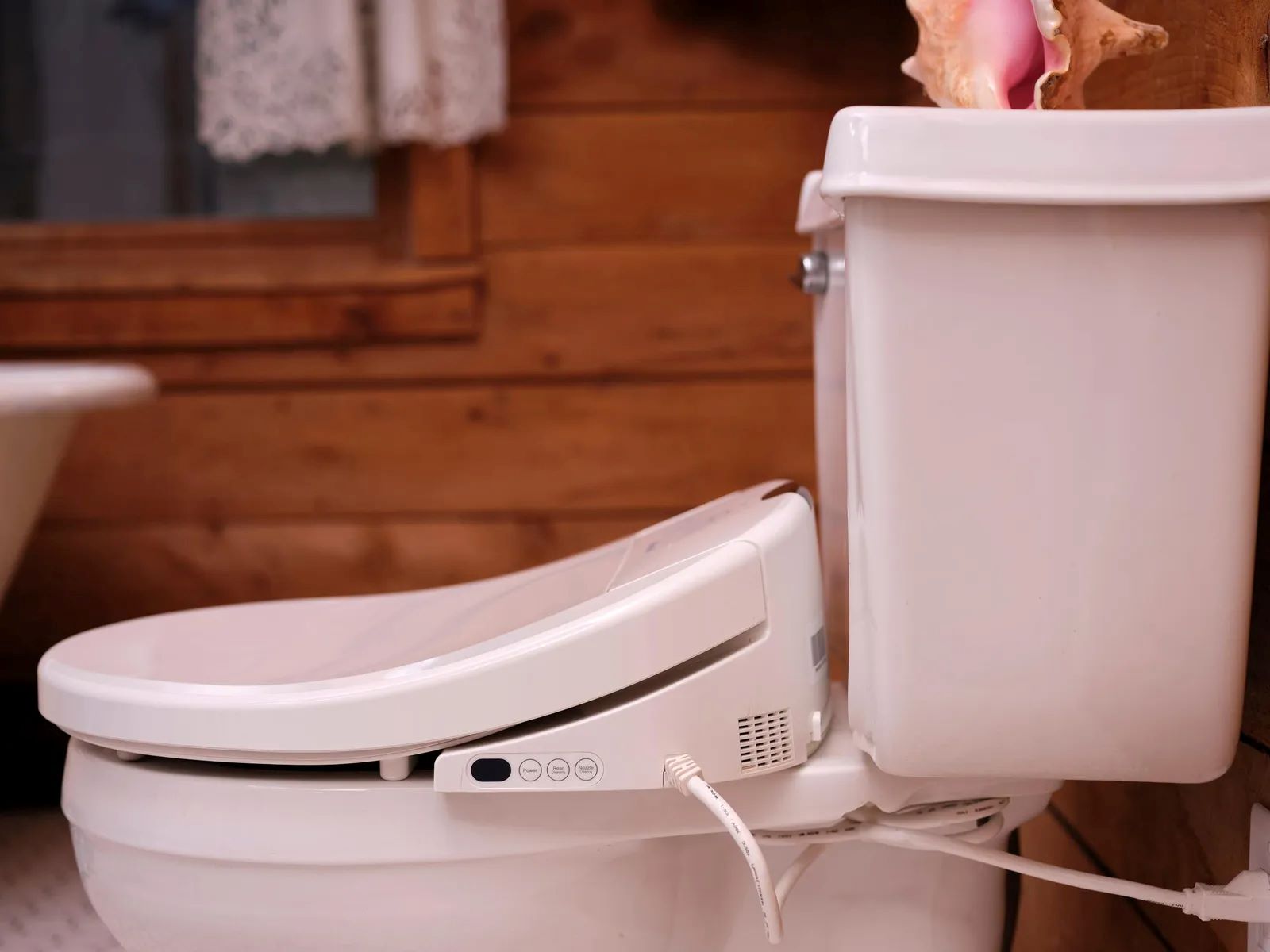

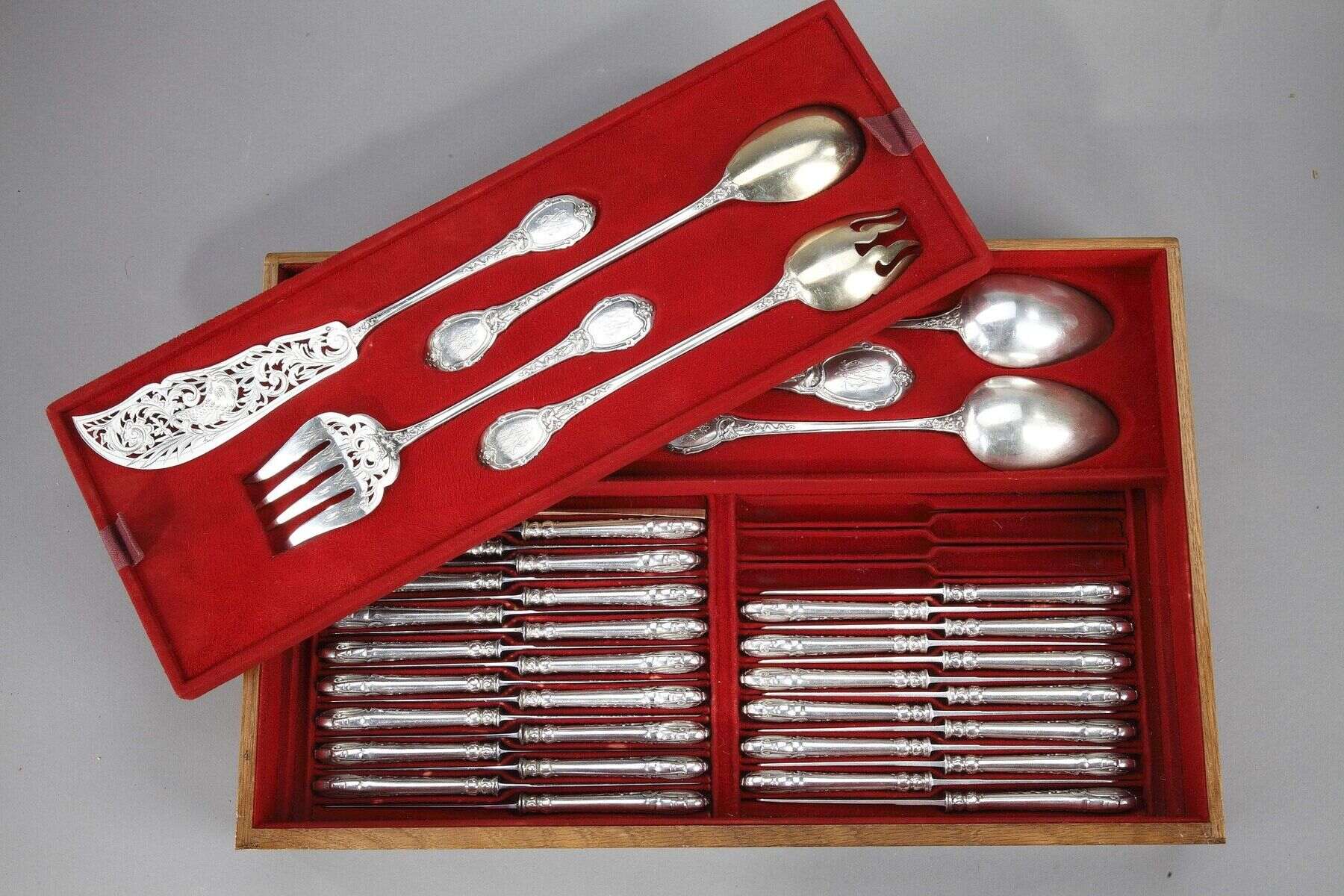

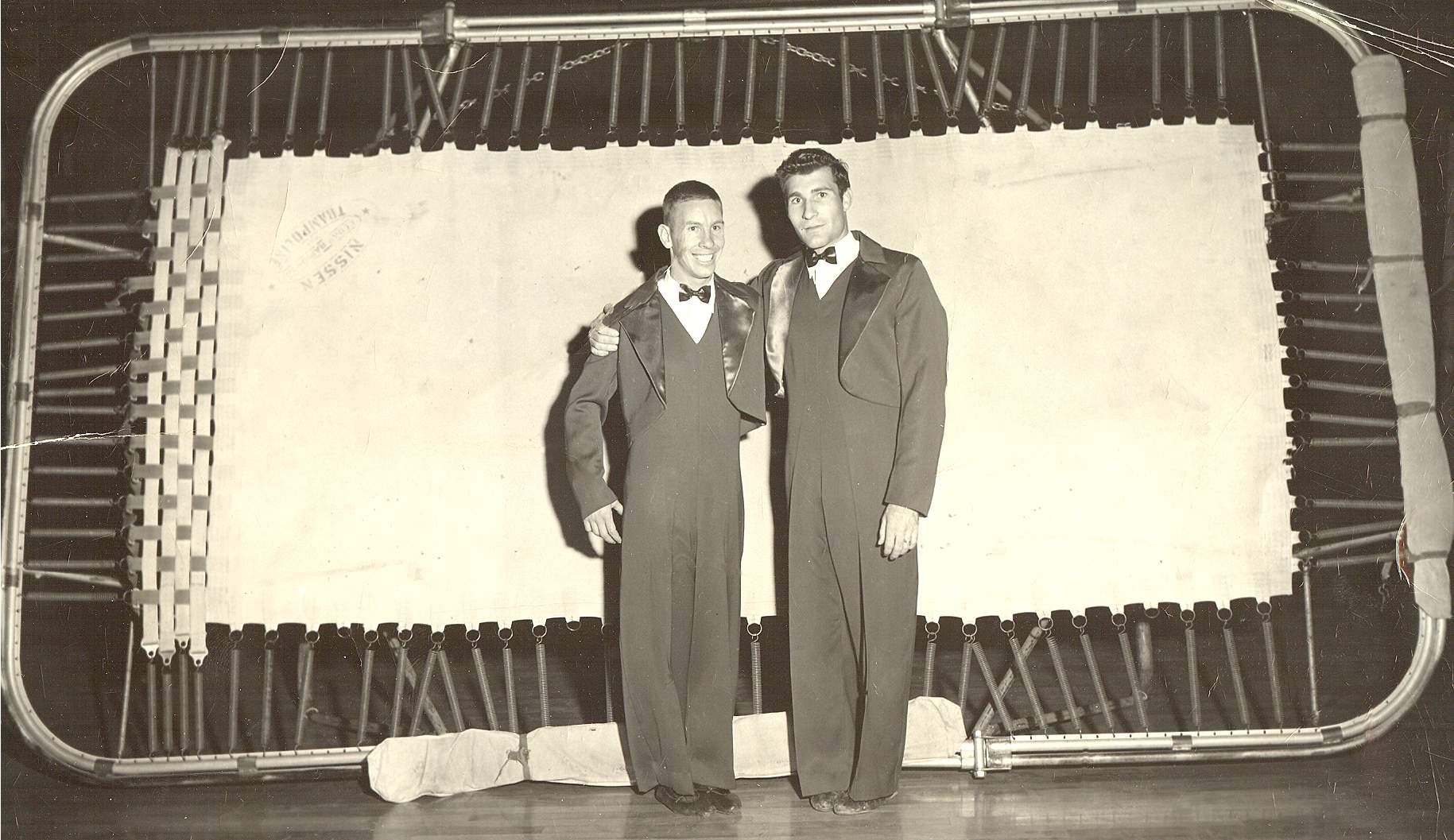
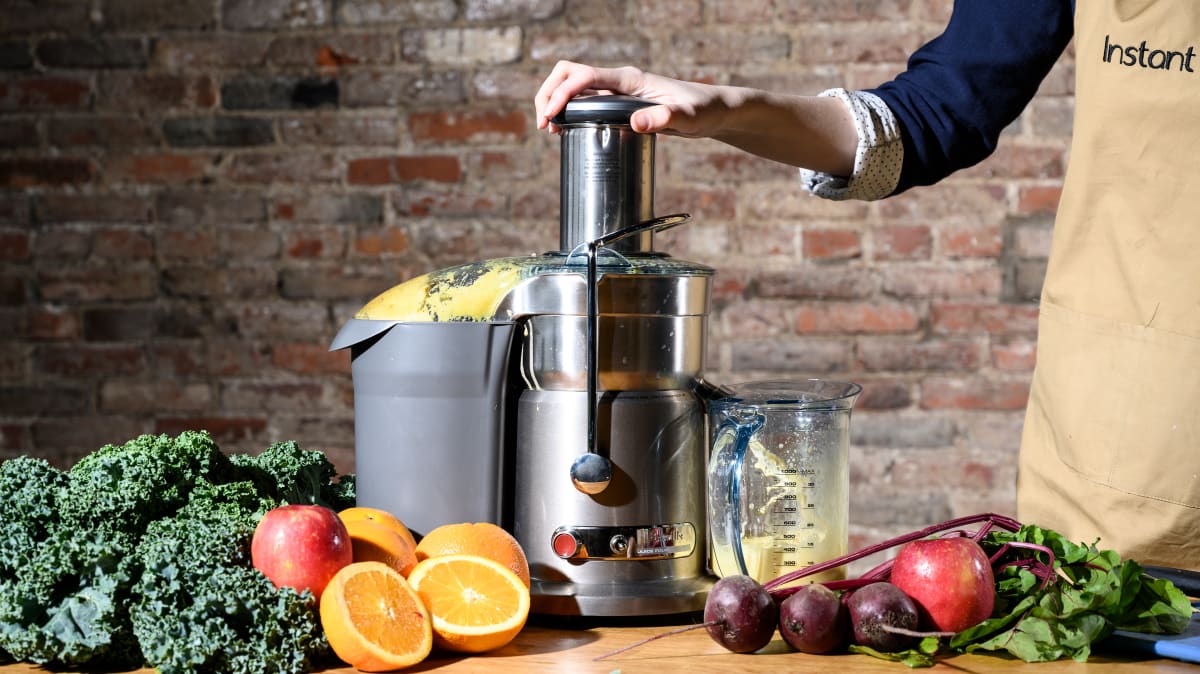
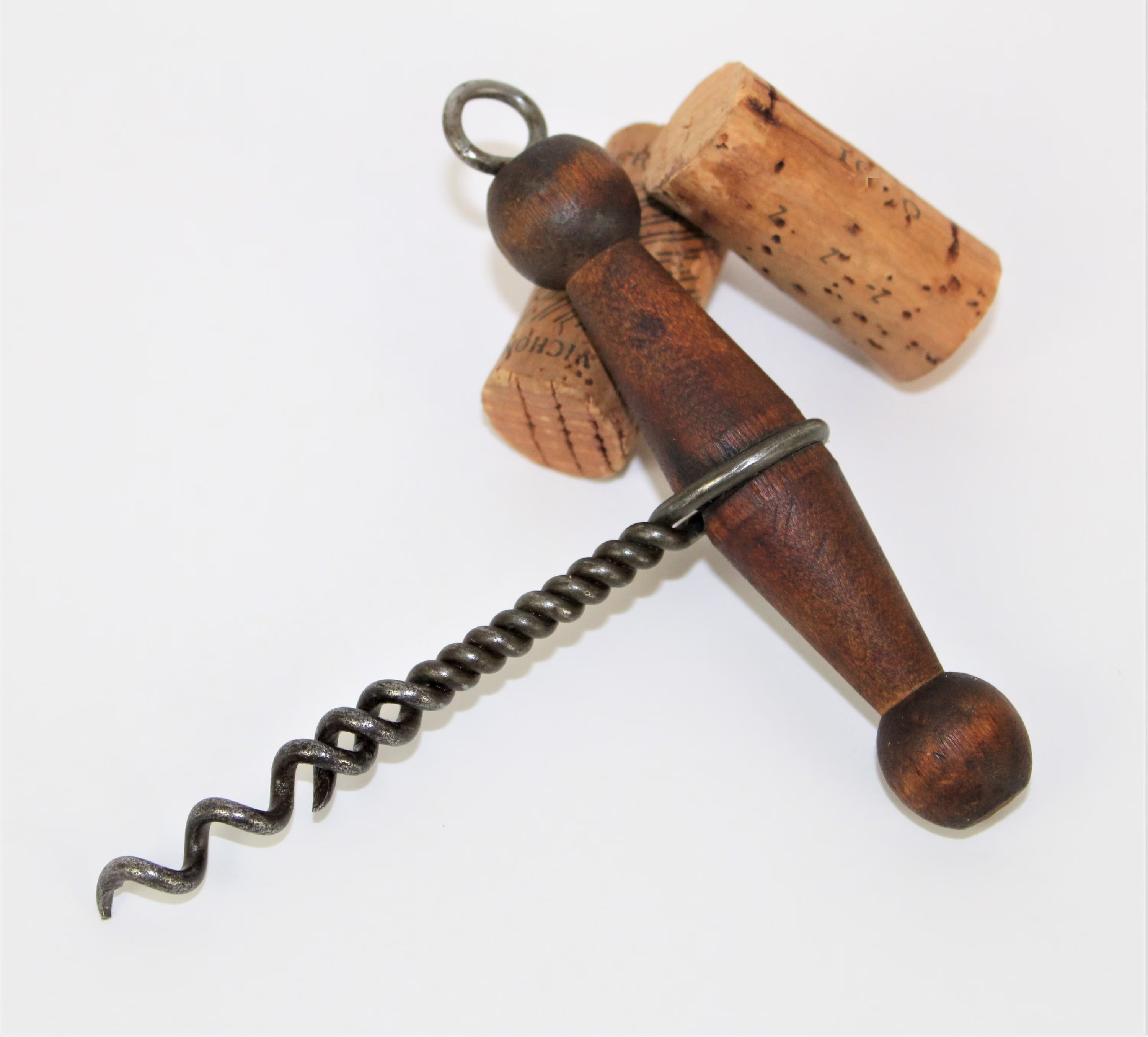
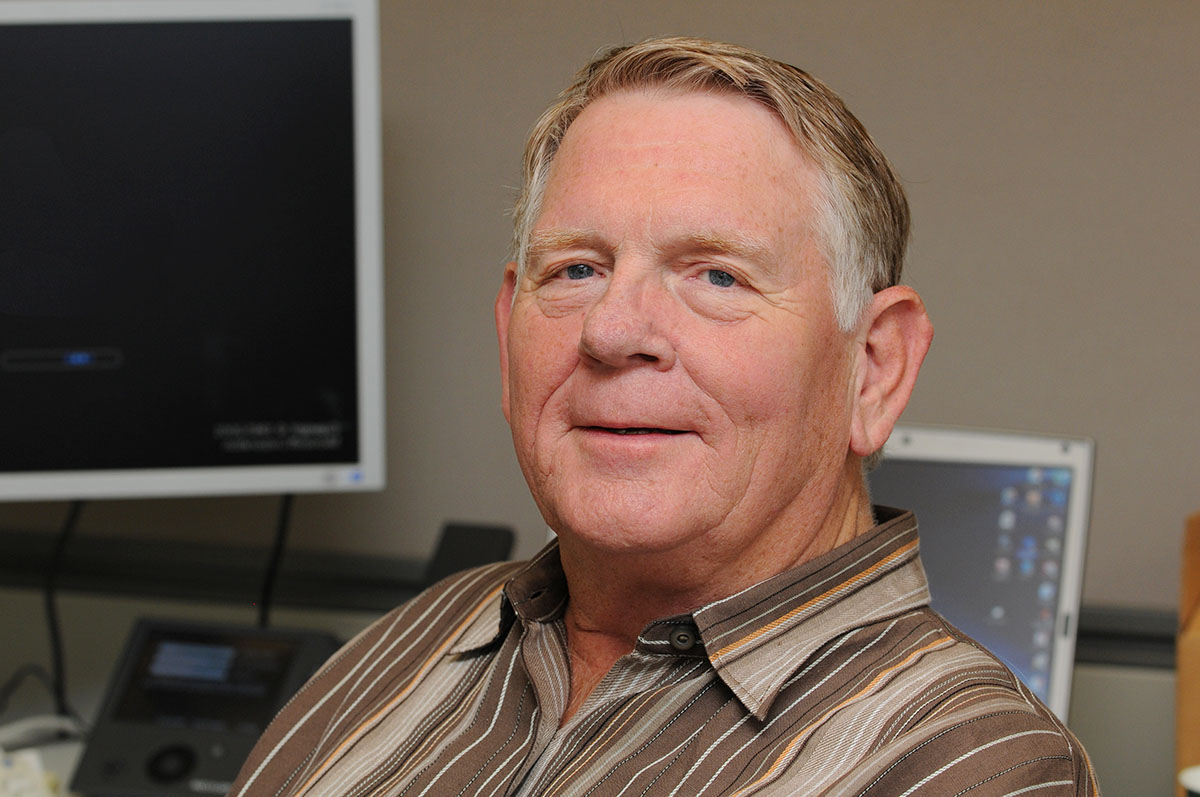
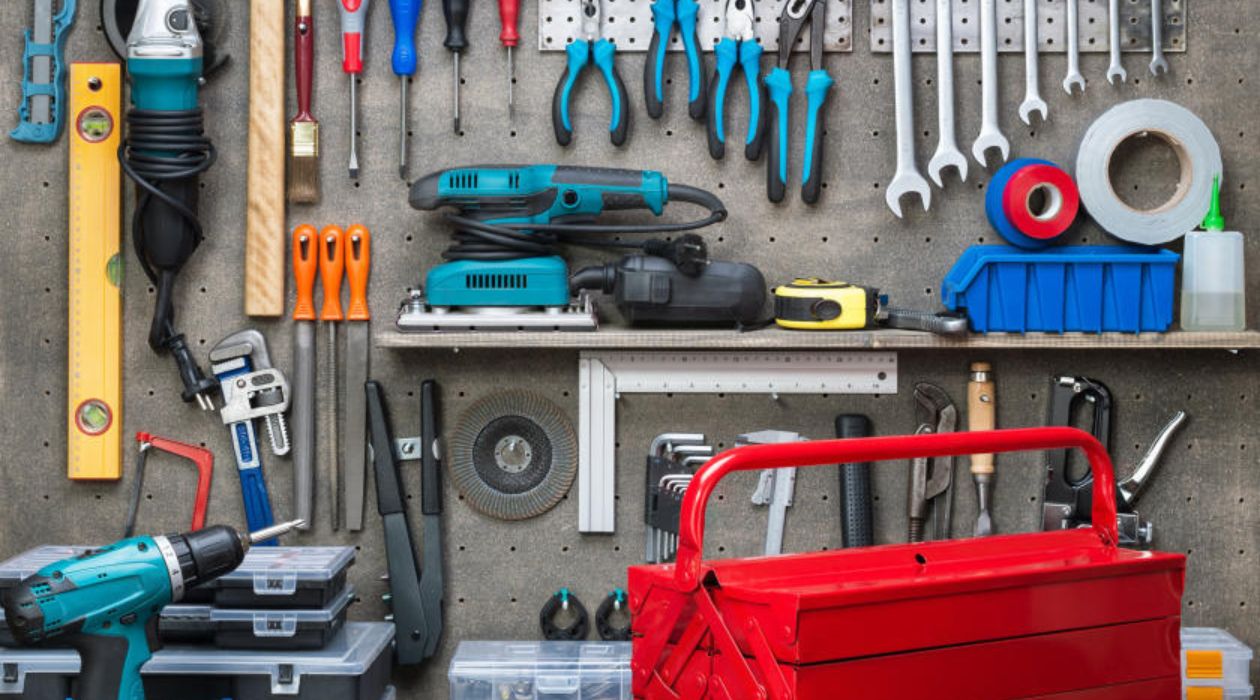

0 thoughts on “Who Invented The Espresso Machine”